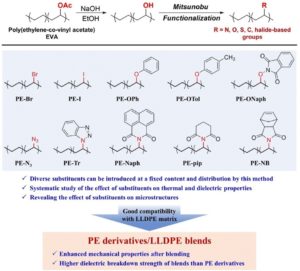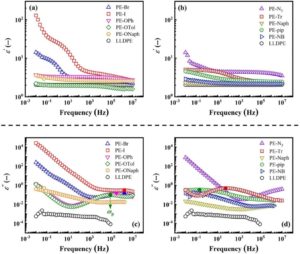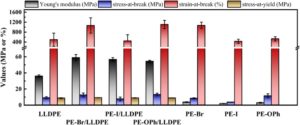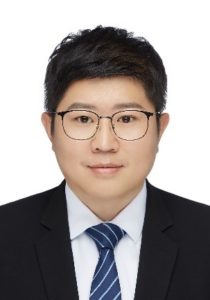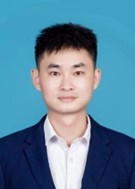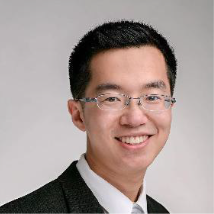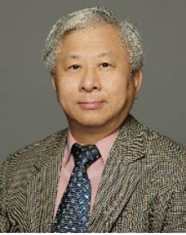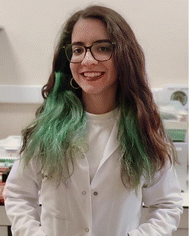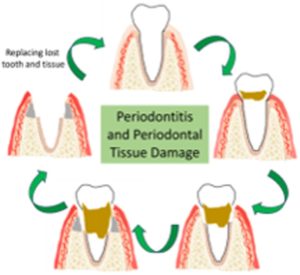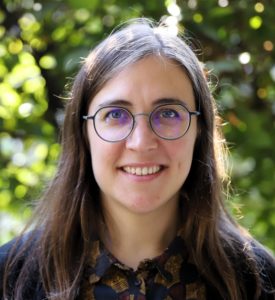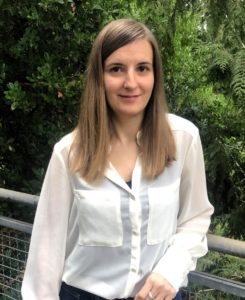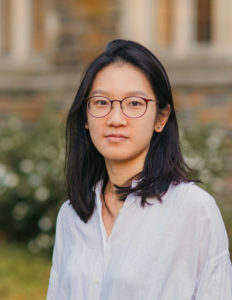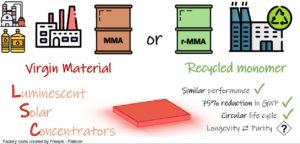To celebrate the growth and development of the RSC Applied Polymers community and to highlight the remarkable authors who continue to contribute their high quality work to the journal we would like to share the opinions and insights of these authors through this introductory blog post. Once dubbed #RSCAppliedfirst50, our blog posts aim to give a voice to the authors behind the research and hope that their insights might shed light upon growing challenges and progress in polymer science and its applications.
In this edition, we hear from Dr John Maiz and Dr. Alberto Alvarez-Fernandez about their study entitled ‘Advancements in Polymer Nanoconfinement: Tailoring Material Properties for Advanced Technological Applications’
An introduction to ‘Advancements in Polymer Nanoconfinement: Tailoring Material Properties for Advanced Technological Applications’ by Dr John Maiz and Dr. Alberto Alvarez-Fernandez.
This work provides a comprehensive overview of how nanoconfinement impacts polymer properties, highlighting how these confined environments enable the creation of materials with enhanced mechanical strength, thermal stability, and optoelectronic functionality. Furthermore, the study delves into emerging trends and future directions in polymer confinement, identifying key advancements and potential applications that will drive the field forward.
What kind of changes can you observe in the properties of confined polymers, and how do these changes benefit technological applications?
Confinement leads to several notable changes in polymer properties: it can increase the stiffness and toughness of materials, improve their thermal stability, and modify their optical and electronic characteristics. For example, one-dimensional (1D) confinement in block copolymers (BCPs) enables highly ordered, self-assembled structures with distinct optical properties, suitable for advanced optical devices like metamaterials and Bragg reflectors. In electronic applications, confinement improves charge transport and crystal alignment, critical for semiconductors and piezoelectric devices. These tailored properties make confined polymers ideal for high-performance applications in fields like photonics, flexible electronics, and energy devices.
Can you talk about some specific applications where confined polymers have made significant advances?
Confined polymers have shown significant advancements in various research fields. To highlight some of the examples presented in our work we can cite:
- Optical Metamaterials and Bragg Reflectors: Confined BCPs are used to create materials with tuneable refractive indices and anti-reflective coatings. These have already been applied to optical sensors, displays, and advanced lenses.
- Ferroelectric Sensors: Nanoconfined ferroelectric polymers, such as poly(vinylidene fluoride) PVDF in 1D fibers, exhibit enhanced piezoelectric properties, enabling high-sensitivity sensors and wearable electronics.
- Thermoelectric and Phase Change Materials: Confining thermoelectric polymers enhances thermal conductivity control, essential for energy-harvesting devices and thermal storage.
Looking at the future, what emerging trends do you see in confined polymers?
The future of polymer confinement research is highly promising, with trends focusing on developing more complex and multifunctional nanostructures. New techniques in scalable nanofabrication, such as three-dimensional (3D) printing combined with nanoimprint lithography, are likely to advance industrial applications. Additionally, there is increasing interest in creating responsive polymer systems that react to environmental changes, such as temperature or pH, for applications in smart coatings, drug delivery, and self-healing materials. Leveraging artificial intelligence and machine learning to predict polymer behaviour in confined environments could also accelerate material design, leading to breakthroughs in sustainable energy, biomedicine, and next-generation electronics.
Finally, could you share with us some of the future directions your research group is currently exploring?
We are currently studying the influence of various nanoconfinement strategies, along with other factors such as polymer chain topology and molecular composition, on the electronic properties and dynamics of high-dipolar polymeric systems. Moreover, thanks to our expertise in advanced characterization techniques such as neutron and X-ray scattering, atomic force microscopy, and dielectric spectroscopy, among others we are also exploring applications in lithography, sensing, and self-healing vitrimeric systems.
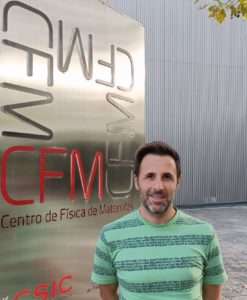
Jon Maiz
Dr. Jon Maiz
Jon Maiz is a Ramon y Cajal and Ikerbasque Research Fellow at the Centro de Fisica de Materiales (CFM) (CSIC-UPV/EHU) – Materials Physics Center (MPC) in Donostia-San Sebastian, Spain. His research focuses on elucidating the critical roles of structure and dynamics in the development of advanced polymer materials, including block copolymers, dipolar glass polymers, and vitrimer-like systems, for energy-related applications.

Alberto Alvarez-Fernandez
Dr. Alberto Alvarez-Fernandez
Alberto Alvarez Fernandez is a Gipuzkoa Fellow researcher at the Centro de Fisica de Materiales (CFM) (CSIC-UPV/EHU) – Materials Physics Center (MPC) at Donostia-San Sebastian (Spain). His research interests include the development of complex architectures based on block copolymer self-assembly for sensing and optical applications, as well as the study of phenomena such as drug delivery and lipidic membrane interactions.
Alberto Alvarez-Fernandez and Jon Maiz
RSC Appl. Polym., 2024, Advance Article. DOI: 10.1039/D4LP00234B
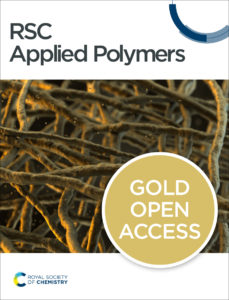 |
RSC Applied Polymers is a leading international journal for the application of polymers, including experimental and computational studies on both natural and synthetic systems. In this journal, you can discover cross-disciplinary scientific research that leverages polymeric materials in a range of applications. This includes high impact advances made possible with polymers across materials, biology, energy applications and beyond.
|






